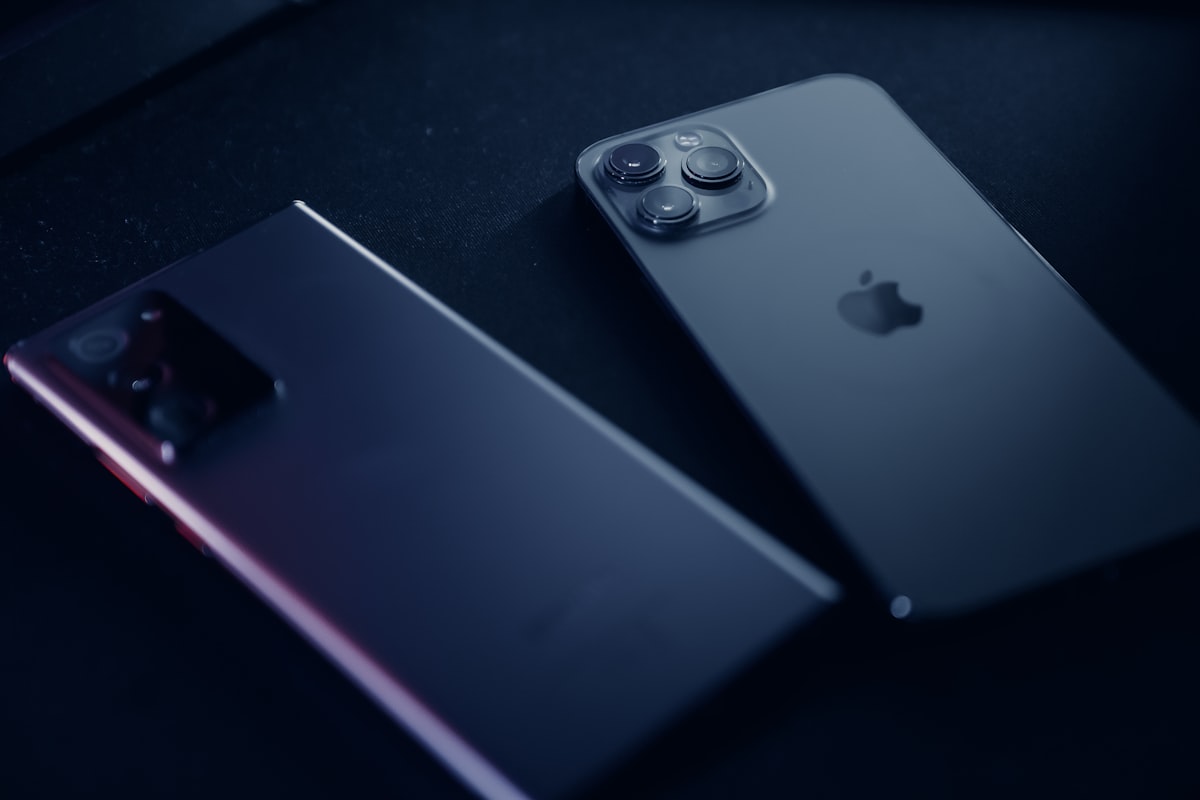Important Factors to Consider When Choosing a Smartphone

You’re looking to switch your smartphone but don’t know where to start choosing from the dozens of models available with varying technical features. The specifications can be overwhelming and confusing. To help you make the best purchase, we have created a list of ten points to consider when choosing a new smartphone. This list will explain each point and provide guidance for making an informed decision.
Smartphones have become an essential item for many people and are used for various tasks beyond making phone calls. They allow you to access messages, social media, websites, games, and can also serve as a camera, calendar, alarm clock, and much more. Some people upgrade their smartphones regularly due to issues with their current device or to keep up with the latest technology. With so many options, it can be challenging to choose the right one that fits your needs and budget.
This article will present ten key factors to consider when choosing the best smartphone model. Keep in mind that this list is not ranked in order of importance, as some points may be more relevant to some individuals than others. This list aims to provide a quick overview of the main technical features of these devices and avoid delving into too much technical detail, which would detract from the purpose of this article.
Budget
Budget consideration is an important factor when choosing a smartphone. The cost of a device can range from budget-friendly options to high-end premium devices.
It is important to set a budget and consider the trade-off between cost and the features you want. You can also consider purchasing a device that offers the best value for your money by balancing the cost with the features and specifications you require.
Remember to consider any additional costs such as accessories, mobile data plans, and insurance. Having a clear understanding of your budget can help you make a more informed decision when choosing a smartphone.
Design
Design is a crucial aspect to consider when choosing a smartphone. It includes features such as the size of the screen, the size of the device, thickness, weight, finish, ergonomics, and appearance.
The screen size is the main aspect of the design and can range from 4 to 6.7 inches, which is a matter of preference, need, or fashion. Larger screens are better for browsing the internet, reading text, watching movies, etc. Devices with smaller screens are more practical to carry in a bag or pocket.
Before making a decision, consider how you will be using the device and how you will carry it daily. A smartphone with a 6-inch screen may not be the best choice if you frequently carry it in the back pocket of your pants due to the risk of falling or theft. If in doubt, we recommend choosing a device with an intermediate size.
The thickness and weight of the device are also crucial factors. The lighter and thinner the device, the better. However, thinner devices are typically more expensive due to the higher cost of compact components. The ergonomics of the device (how it feels in your hand) should also be considered. Some models are thinner at the edges than in the center, making them more comfortable to use.
Many manufacturers focus on the relationship between the screen size and the total size of the device (known as the “screen-to-body ratio”). The higher this ratio, the more screen real estate you will have in a smaller form factor. However, be aware that larger screens may not fit comfortably in your hand or pocket.
Operating System
An operating system is a program that comes pre-installed on a smartphone’s memory and allows for the execution of all its functions, including the ability to install new programs (usually referred to as apps, short for “applications” in English). There is no option to change the smartphone’s operating system, although you can update it to a newer version of the same operating system.
The main operating systems available in the market today are Android (from Google) and iOS (from Apple). While Android is used by a large number of manufacturers, such as Samsung, Motorola, LG, ASUS, Lenovo, Sony, among others, the iOS operating system is exclusive to Apple devices (iPhone).
The choice of operating system is a matter of personal preference. Both systems mentioned have a huge number of fans who love their smartphone’s functionalities. In practice, they are all capable of offering the same features, but there are some differences, such as the fact that iOS is always tied to Apple devices.Display Quality
The quality of the display is another important factor to consider. The main aspects to evaluate are resolution, brightness, contrast, viewing angles, and color accuracy.
A higher resolution will provide a sharper and clearer image, but it will also consume more battery life. The brightness of the display is important for outdoor use, as well as for viewing in bright lighting conditions. A high contrast ratio will make images and text more vibrant and noticeable. Good viewing angles are essential for sharing the display with others and for watching videos. Color accuracy is critical for photographers and designers.
Processor and RAM
The processor and RAM are the “brain” and “memory” of your smartphone, respectively. A fast processor will allow you to run demanding apps, games, and multitask with ease. The RAM is responsible for running multiple apps simultaneously and having more RAM will allow for smoother operation and better multitasking performance.
It is important to consider the processor’s architecture, clock speed, and core count when choosing a smartphone. A newer, high-performance processor will usually provide better performance and consume less power. However, it will also increase the cost of the device.
Storage
The amount of storage you need will depend on your usage habits, such as the number of photos and videos you take, the size of your music library, and the number of apps you use.
Smartphones typically come with a certain amount of internal storage, which can range from 16 GB to 512 GB or more. Some models allow you to expand it with an external memory card.
When choosing a smartphone with the right amount of storage, consider your current and future needs. If you plan to store a lot of photos, videos, and music, you may want to opt for a device with a larger amount of storage. If you only need to store a few apps and some basic data, a smaller amount of storage may be sufficient.CameraWhen considering camera quality, it is important to consider factors such as megapixel count, lens quality, image stabilizationization, and software features. A higher megapixel count will provide a larger image and more detail, but this does not necessarily guarantee better image quality. The quality of the lens and image stabilizationization technology can have a significant impact on the clarity and sharpness of photos and videos. Software features, such as portrait mode, can also enhance the photography experience. Consider your photography needs and preferences when evaluating the cameras of different smartphones.
Battery LifeBattery life is another important factor to consider when choosing a smartphone. A device with a longer battery life will allow you to use it for a longer period of time without needing to recharge.
There are several factors that affect battery life, including the size of the battery, the screen size, the processor, and the usage habits of the user. Larger screens and high-performance processors will consume more power and reduce battery life.
Conclusion
As you can see choosing a smartphone involves considering a variety of factors including design, display quality, processor and RAM, battery life, camera, storage, and other features. It’s important to assess your needs and preferences to find a device that meets your specific requirements. Additionally, budget is an important consideration when making a decision. With so many options available in the market, it can be a challenge to choose the right smartphone. However, taking the time to research and compare devices will help you find the right one for you.

Comments ()